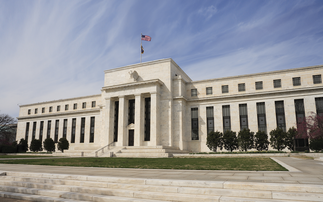Axel Lomholt of iShares EMEA looks at the origin and development of exchange traded funds and what opportunities are available for investors
Exchange traded vehicles today
There are four main types of exchange traded vehicles in the market today which investors need to be aware of.
Physically backed ETFs come in two forms. Fully replicating funds purchase all of the underlying securities that make up that index, whilst optimised funds hold a sample of the index’s securities. This sample approach is most commonly used where the index holds a substantial number of instruments.
With both types of physically-backed funds, investors receive the return generated by the basket of assets underlying the ETF, adjusted for costs and revenues. There is therefore a high level of transparency for investors, which is widely cited as the key advantage of using this structure. In addition, investors have very limited counterparty exposure, as the fund’s assets are held in a ring-fenced segregated account or a ring-fenced fund company.
The second common type of ETF is swap-based funds. They are often used to access niche markets and asset classes which physically based products cannot always do effectively.
Swap-based funds rely on a swap agreement between an investment bank (swap counterparty) and the fund provider. The funds hold a basket of securities prescribed by the swap counterparty. They enter into an agreement to exchange the performance of this basket for the performance of the relevant index. The basket itself may not necessarily hold the securities of the index; it is instead the swap agreement that provides the performance of the index.
The first swap-based ETFs emerged in Europe in 2001. A distinctive feature of these original funds was that the ETF provider and the swap counterparty were usually the same company. This approach exposed investors to a significant level of counterparty risk. As a result of the credit crisis and an increased awareness of such risk, many product providers have redeveloped their models to address the demand for lower risk exposures, and to introduce greater transparency into their process.
A number of newer swap-based ETFs now collateralise their exposures. Cash, bonds or equities are taken as collateral, so that in the event of a swap counterparty default, the collateral can be swiftly liquidated to provide the investor with protection against losses. Some providers go further than this, using only high quality collateral and ensuring the ETF is over-collateralised at all times.





